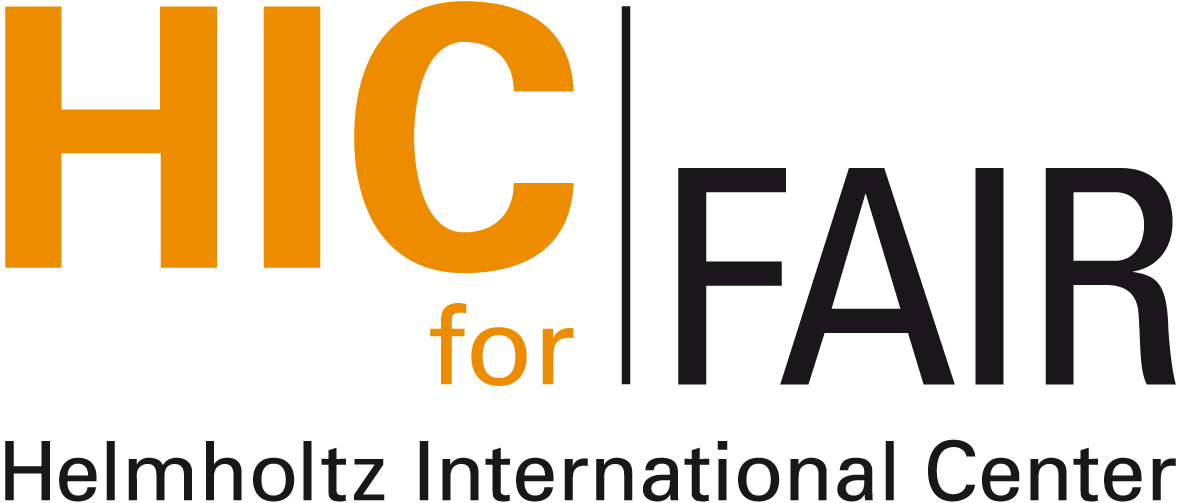In the QCD+QED plasma, the transport
properties of electromagnetic (EM) probes such as leptons and photons
could be modified by the lepton/photon-parton scattering compared with
the case in the QED plasma. We investigate the shear viscosity of
thermalized leptons and photons depending on the coupling of the QCD
plasma, which is in practice approximated by the N=4 super Yang-Mills
(SYM) gauge theory at finite temperature. It is found that the lepton
shear viscosity due to the lepton-quark scattering is inversely
proportional to the ratio of electric conductivity of the QCD plasma to
temperature up to the leading logarithmic order of the EM coupling and
is suppressed compared with the one from lepton-lepton scattering. On
the other hand, the photon shear viscosity up to the leading order of
the EM coupling is suppressed by the photon-parton scattering, where the
suppression is favored by the strong coupling of the QCD plasma. On the
contrary, the lepton shear viscosity behaves oppositely due to the
decrease of electric conductivity of the QCD plasma at stronger
coupling. That is, the leptons become more viscous but photons become
more fluid-like in the strongly coupled QCD plasma. We suggest that the
collective behavior of thermalized photons may generate anisotropic flow
in the late-time evolution of an expanding system.
 Nuclear
Physics Colloquium
Nuclear
Physics Colloquium Nuclear
Physics Colloquium
Nuclear
Physics Colloquium